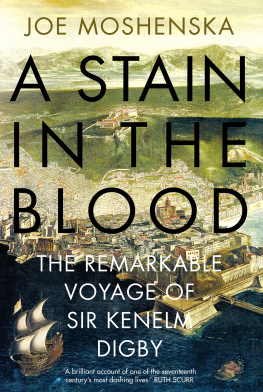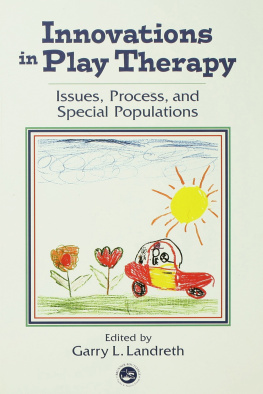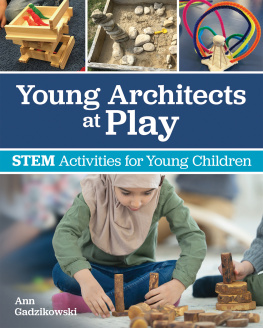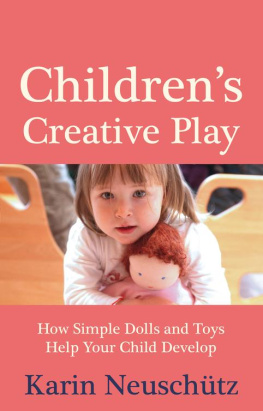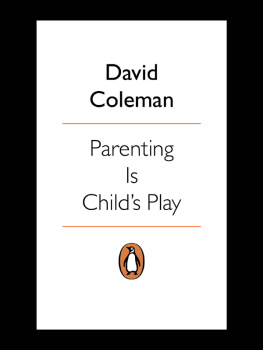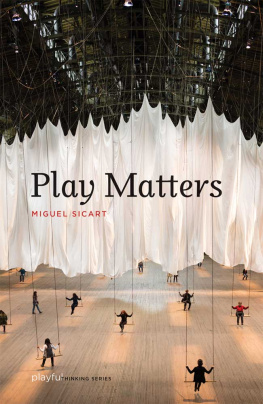ICONOCLASM AS CHILDS PLAY
Joe Moshenska
STANFORD UNIVERSITY PRESS
Stanford, California
STANFORD UNIVERSITY PRESS
Stanford, California
2019 by the Board of Trustees of the Leland Stanford Junior University. All rights reserved.
No part of this book may be reproduced or transmitted in any form or by any means, electronic or mechanical, including photocopying and recording, or in any information storage or retrieval system without the prior written permission of Stanford University Press.
Printed in the United States of America on acid-free, archival-quality paper
Library of Congress Cataloging-in-Publication Data
Names: Moshenska, Joe, author.
Title: Iconoclasm as child's play / Joe Moshenska.
Description: Stanford, California : Stanford University Press, 2019. | Includes bibliographical references and index.
Identifiers: LCCN 2018033510 (print) | LCCN 2018038306 (ebook) | ISBN 9780804798501 (cloth: alk. paper) | ISBN 9781503608740 (ebook)
Subjects: LCSH: PlayReligious aspects. | Iconoclasm.
Classification: LCC BL65.P6 (ebook) | LCC BL65.P6 M67 2019 (print) | DDC 306.4/81dc23
LC record available at https://lccn.loc.gov/2018033510
Typeset by Kevin Barrett Kane in 10/15 Minion Pro
Cover art: Shelley and Pamela Jackson, Josh McBig
Cover design: Rob Ehle
For Alejandro and Beatriz
CONTENTS
PREFACE
LET US BEGIN IN A PARTICULAR TIME AND PLACE. The place can be specified with some precisionRedcliffe Cross in Bristol, in the west of England. The exact time is less certain, but it is sometime in the 1530s. A preacher named Roger Edgeworth stands and delivers one of a series of sermons that he gave on this spot during this period. For some years he has been fighting a fierce battle for the souls of the local people with Hugh Latimer, the evangelical preacher who has risen to great prominence in this region thanks to the patronage of Thomas Cromwell and Archbishop Cranmer. Although the theme of Edgeworths sermon on this particular day sounded somewhat abstrusetreatying of the fift gift of the holy gost, called the spirite of Sciencehis denunciation of what he saw as the recent upsurge in impiety took a striking form. He crystallized the behavior that shocked him into a particular and peculiar domestic scene. Now at the dissolution of Monasteries and of Freers houses, Edgeworth claimed,
many Images haue bene caryed abrod, and gyuen to children to playe wyth all. And when the children haue theym in theyr handes, dauncynge them after their childyshe maner, commeth the father or the mother and saythe: What nasse, what haste thou there? the childe aunsweareth (as she is taught) I haue here myne ydoll, the father laugheth and maketh a gaye game at it. So saithe the mother to an other, Iugge, or Thommye, where haddest thou that pretye Idoll? Iohn our parishe clarke gaue it me, saythe the childe, and for that the clarke muste haue thankes, and you shall lacke no good chere.
Here, however, the hand that is placed on the sacred item does not exert a furious grip: it is a childs clutching fingers, dancing the object, laughing with it, making it into a game. What Edgeworth describes is not iconoclasm as sternly pious violence; it is iconoclasm as childs play.
In its most modest formulation my aim in this book is to make sense of the scene that Edgeworth describes, and I will return throughout the chapters that follow to its several dimensions. This was, however, by no means a unique or isolated incident: as I will show, there is scattered but definitive evidence, distributed across a range of geographical locations, that holy things were made into playthings with sufficient frequency for it to be considered an established and recognized part of iconoclastic practice in the early modern period. This, then, is my first and more limited aim: to present this evidence and to try to understand why this activity, in some ways so surprising to modern eyes, became possible. I will place this activity in its context, asking what it tells us about early modern iconoclasm that it could periodically become play, and what about early modern play made it potentially iconoclastic. What were the precise discourses in the culture of the period with which iconoclastic childs play chimed, which it illuminates and by which it is illuminated?
In developing interpretations of this sort, I might seem to be historicizing iconoclasm as childs play or to be using Edgeworth at his West Country pulpit, a moment seemingly from the margins of early modern culture, as a somewhat belated form of the arresting new historicist anecdote. I wish both to invoke these possible models and to hold them at bay. For as I have ruminated on the scene from Edgeworths sermon, in which the playing children dance the idols that have been wrenched from religious houses and thrust into their hands, I have become less certain that I know what it would mean to put the sermon into context and to determine its meaning solely as an early modern event.
I have, to be frank, been seduced by this passage from Edgeworths sermoncaught up in its folds, brought back to it time and again, finding myself compelled
Nonetheless, I have become convinced that the value and significance of Edgeworths sceneand its wider implications, the elucidation of which constitutes the larger ambition of this bookare inseparable from the way it has come to life for me, the way it has seemed to solicit or at least to enable a certain kind of wild imagining on my part. This has in turn affected the way that I have chosen to write about it. Like a significant number of recent scholars, I have grown impatient with the sense, rarely formulated explicitly but constantly implied by the institutional norms and structures governing academic discourse, that the ways in which we become enchanted by and affectively attached to our objects of study are at best an embarrassment and at worst a distortion rigorously to be overcome.and conflicting sorts. The children are attached to the objects with which they playalready, before their parents arrive and intervene. The adults, too, are attached to these objectspowerfully invested in the significance that they once had and the new significance that they are supposed to accrue now that they have been placed in the childrens hands; and they are also attached to the children themselves, determined to ensure that their playing takes the right form and confers the right meaning on its objects. Then there is Edgeworth himself, who wants to inspire a radically different form of attachment in his auditorswho wants them to be appalled by this irreverence, to feel horror at the account of holy objects treated in this way, and to reaffirm, by contrast, the proper way that such objects are supposed to matter.
This scene, read from a distance of nearly five centuries, does not offer a straightforward snapshot of facts from the past so much as a crystallized sense of what a particular group of people in the past wanted from one another and from some of the objects that they encountered, as well as a crystallized sense of how we might imagine this past and what we might want it to be. The once-holy object in transit, moving from the monastery or religious house to the playing childs hand, encapsulates much wider questions about what we want from objects, both historical and contemporary, and suggests the divergent and potentially conflicting forms of investment to which they are subject; the way in which playing occurs, and comes to be carefully guided and shaped by the parents, raises the question of what we want play to be, what meanings we want it to have, and what possibilities it might open up; and, finally, the prominence of children in the scene and their involvement in the iconoclastic process raises the question of what we want children to do, what we want them to be, and what the roles are that they are sometimes asked or compelled to play.
Next page

